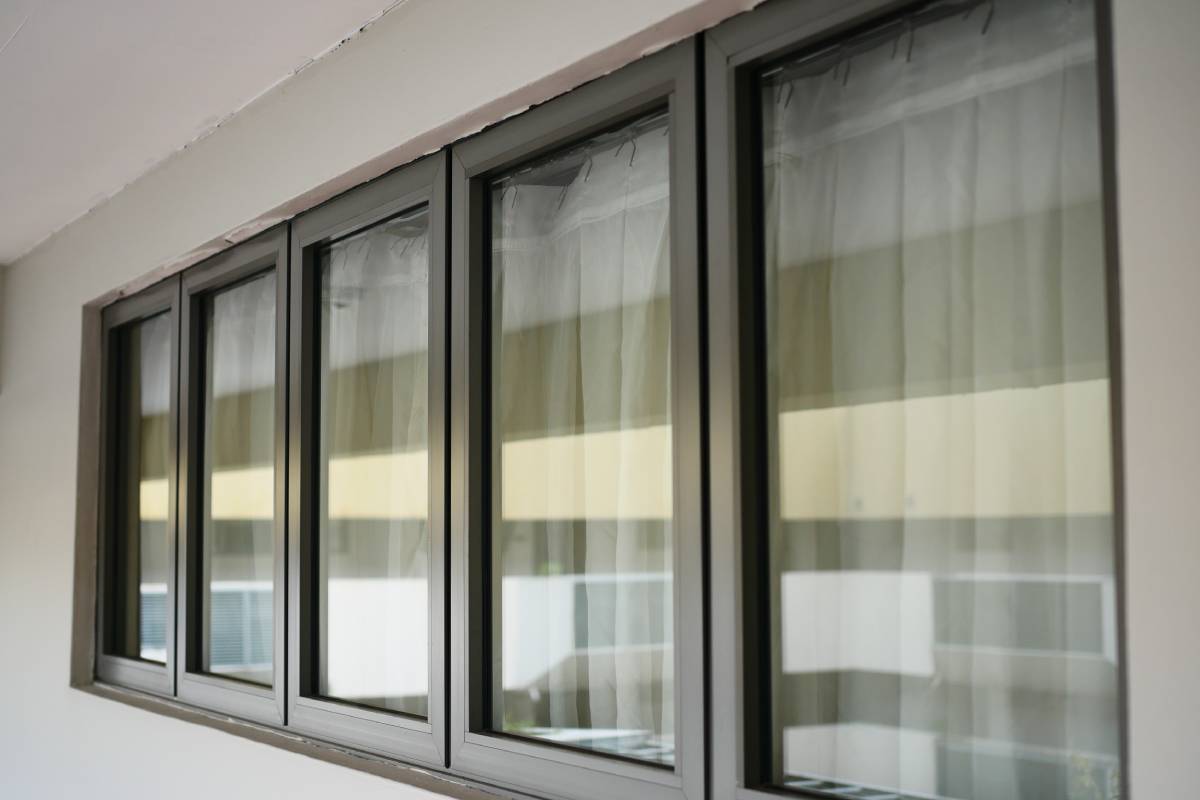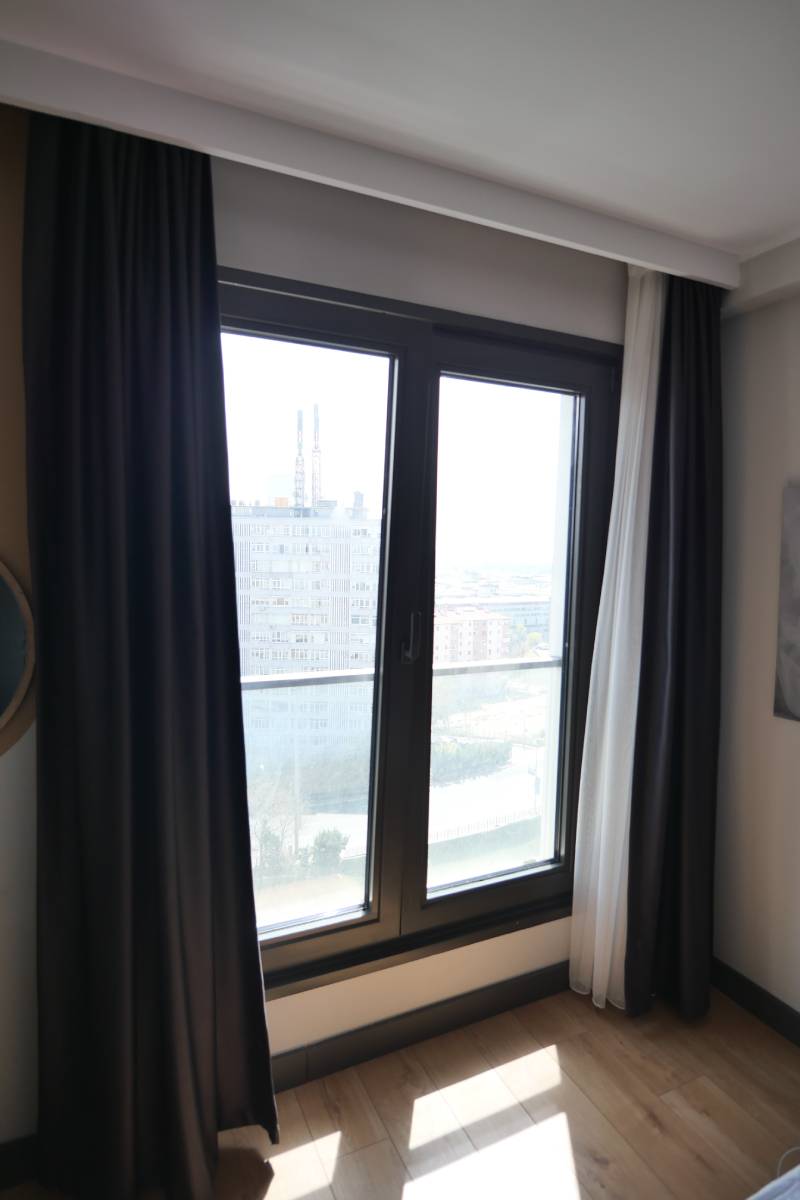Thinking about tinting your home windows? It’s a smart move to enhance energy efficiency, safety, and curb appeal without replacing the windows.
But not all window films are the same. Here are 5 things you need to know before you tint your house window.
But first, there is something you should know for the better.
5 things you need to know before you tint your house window.
1. Types of window film and their benefits:
Solar Film
Ideal for improving energy efficiency by blocking up to 99% of UV rays. It regulates indoor temperature, reduces glare, and protects furnishings. Sold in neutral tones like silver to copper.
Benefits: Energy savings, temperature regulation, glare reduction, and furniture protection.
Security Film
Thickest option, great for preventing window shattering during storms or break-ins. Doesn’t absorb much heat. Adds an extra layer of protection.
Benefits: Protection against storms and break-ins, prevents complete window shattering.
Decorative Film
The thinnest type, mainly for aesthetics and privacy. Comes in clear or coloured options with various patterns like stripes, stained glass, or frosted designs.
Benefits: Aesthetic enhancement and privacy.
Now that you know the basics, you can make an informed decision about tinting your home windows for the best results.

2. Not all window films work well with every type of window glass.
As mentioned earlier, different films absorb different amounts of heat, and some windows can handle it better than others. Most security and decorative films don’t absorb much heat, making them safe for use on common window glass types: annealed (basic flat glass), heat-treated (exposed to high temperatures), and insulating (two layers of glass with air or gas between).
However, it’s advised to avoid using solar film in certain situations. The International Window Film Association suggests steering clear of solar film when:
- Clear annealed glass is thicker than 9 mm or has a heat absorption rate of over 50 per cent.
- Tinted annealed glass is over 6 mm thick.
- Insulated glass is over 10 years old or has seal failures.
When in doubt, refer to the manufacturer’s information for your windows to find a window film that’s compatible and won’t risk damaging your windows.
3. Tinting is most beneficial for windows without energy-efficient coatings.
Older windows lacking low-emissivity (low-E) coatings, which block heat, gain the most from energy savings through tinting. Newer windows with low-E coatings already provide some energy efficiency, so applying film to them might not significantly boost indoor comfort or energy savings.
4. There are renter-friendly choices available.
Solar, safety, and decorative window films come in three options based on how long they last:
- Temporary: Easy to reposition or remove cleanly (ideal for renters).
- Semi-permanent: Removable but may leave some residue from the film adhesive.
- Permanent: Not designed to be removed.
Decorative film is usually sold as a temporary solution, making it a good fit for renters or homeowners who are not ready for a long-term commitment. On the other hand, solar and security films are often semi-permanent or permanent, making them better suited for homeowners.
5. You can easily install it yourself.
Putting up window film is a job any homeowner can handle. Before tinting your home windows, clean them with a lint-free soft cloth dampened with a mixture of one teaspoon of no-tears baby shampoo and one gallon of bottled water. Then, use a utility knife to cut an aftermarket window film that’s 1.5 cm longer and wider than the window pane you want to tint.
Peel off the adhesive backing from the film and slowly press it onto the window pane from the top down. While doing this, lightly spray the film’s surface with the leftover baby shampoo solution and use a plastic squeegee or credit card to smooth out any trapped air bubbles. Let the film cure following the manufacturer’s instructions, usually taking four to eight days.
However, there are potential issues with DIY window tinting, like dirt or streaks appearing under the film, scratches from cutting, or bubbles and wrinkles. This is why some homeowners prefer professional installation for a more polished finish. Still, a careful DIY installation can give you similarly high-quality results.
Home window tint is a superhero when it comes to blocking heat, and understanding how much it can fend off is crucial for making an informed decision. The heat-blocking capability of window tint is measured by its Solar Heat Gain Coefficient (SHGC) rating. Here’s a breakdown to simplify things:
- Understanding SHGC:
- Low SHGC (0.2-0.4): Blocks more heat, making it effective in hot climates. Ideal for areas with intense sunlight and high temperatures.
- Medium SHGC (0.4-0.6): Strikes a balance, offering heat reduction without making rooms excessively dark. Suitable for various climates.
- High SHGC (0.6-0.8): Allows more heat, beneficial in colder climates to harness natural warmth.
- Benefits of Heat Reduction:
- Energy Efficiency: Lowering the amount of heat entering your home can reduce the need for excessive air conditioning, leading to energy savings.
- Comfort: Tinted windows create a more comfortable indoor environment by preventing overheating and reducing glare.
- Choosing the Right Tint for Your Climate:
- Hot Climates: Opt for a tint with a lower SHGC to keep your space cool.
- Varied Climates: A medium SHGC provides a good balance, offering heat reduction without sacrificing too much natural light.
- Cold Climates: Consider a higher SHGC to maximize sunlight and warmth.
- UV Ray Blockage:
- Look for UV-blocking properties: Window tint not only reduces heat but also protects your interiors from harmful UV rays, preventing furniture and flooring from fading over time.
- Professional Guidance:
- Consult with experts: If unsure about the SHGC rating suitable for your home, seeking advice from professionals can ensure the best choice for your specific needs.
In summary, understanding the Solar Heat Gain Coefficient and tailoring your window tint choice to your climate and preferences can significantly enhance your home’s comfort and energy efficiency.





















